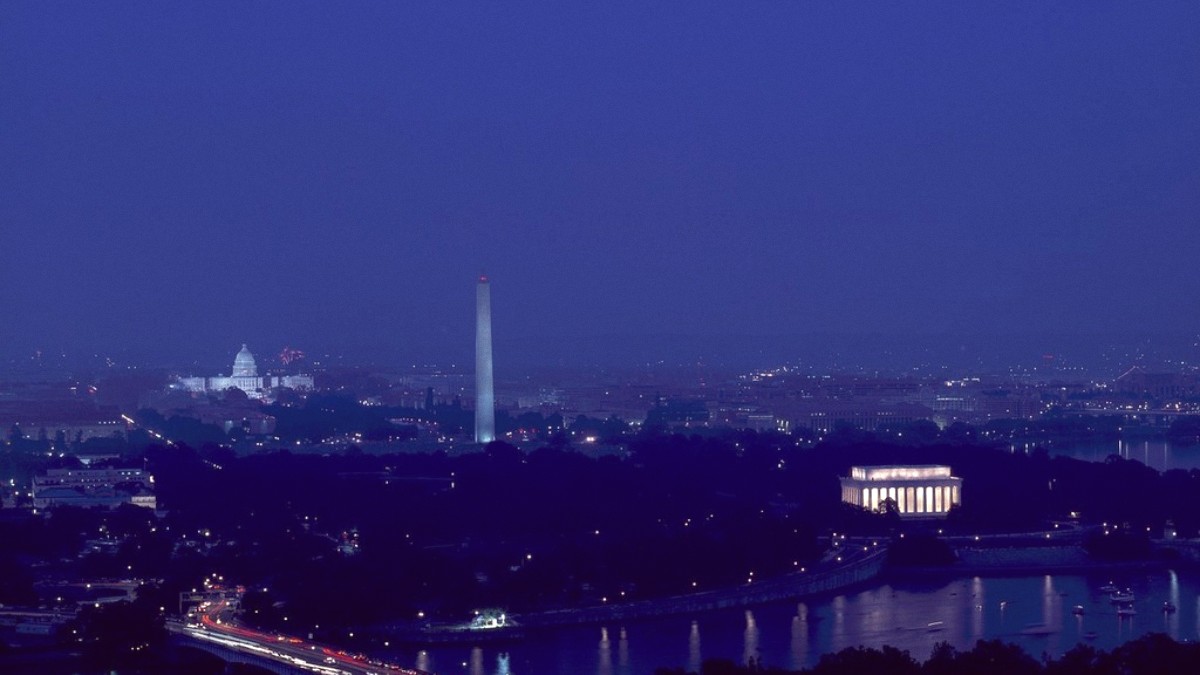
Washington Dc, USA
Forget the fast pace of the federal city; Georgetown invites you to slow down. Discover hidden gardens, stroll along the C&O Canal, or browse world-class shops. From its waterfront park to the stately university campus, Georgetown promises an experience distinct from any other part of the nation's capital. A visit here blends history, sophistication, and genuine local character.
Georgetown presents a captivating blend of history, elegance, and urban life. It is perfect for those who enjoy strolling historic districts, boutique shopping, and varied dining.
The neighborhood's walkable nature and unique charm make it a top destination within Washington D.C.
Georgetown occupies a prominent position in northwest Washington D.C., nestled against the Potomac River. It forms the westernmost edge of the District, a bridge between the urban core and suburban landscapes of Maryland and Virginia. To its south, the broad Potomac River flows, with the iconic Francis Scott Bridge connecting Georgetown to Rosslyn, Virginia.
Rock Creek Park forms a natural eastern boundary. This vast urban oasis, with its wooded trails and winding creek, separates Georgetown from downtown Washington D.C. This natural division helps maintain Georgetown's distinct, almost self-contained village atmosphere. The area's topography features rolling hills that gently slope down towards the river, offering varied streetscapes and occasional scenic overlooks.
Southern border, historic port access.
Western edge, youthful energy.
Eastern boundary, urban oasis.
Main commercial thoroughfare, lively retail.
Ascending street, different perspectives.
Main thoroughfares, like M Street NW and Wisconsin Avenue NW, run through the heart of the commercial district. M Street parallels the river, while Wisconsin Avenue ascends a hill, offering different perspectives of the neighborhood. It feels removed from the government buildings and monuments, showing a different side of D.C.
The neighborhood is compact, making it incredibly walkable. Explore its grid of streets, discovering charming alleys and quiet residential blocks. These characteristics create a cohesive, inviting space for visitors.
This riverfront location shaped Georgetown's early history as a bustling port town. To its west, the sprawling campus of Georgetown University defines the neighborhood's edge, bringing a youthful energy and academic presence.
Georgetown is known for its distinct, almost self-contained village atmosphere within the larger urban sprawl of Washington D.C.
Georgetown's story begins long before Washington D.C. Existed. Established in 1751 in the Colony of Maryland, it thrived as a tobacco port on the Potomac River. Its strategic location made it a busy commercial hub, exporting goods and importing necessities for the surrounding agricultural region. This early prosperity is evident in the surviving Federal and Georgian architecture that lines its streets.
Many of the homes and commercial buildings date back to the late 18th and early 19th centuries, a tangible link to America's colonial and early republic periods.
Predates Washington D.C. By decades, making it one of the oldest neighborhoods in the entire District.
Thrived as a bustling commercial hub on the Potomac River.
From port to desirable residential enclave, attracting wealthy families.
By the mid-20th century, a strong preservation movement began. Residents and historians worked to protect Georgetown's architectural heritage.
Georgetown presents visitors with a layered experience, appealing to those who appreciate history, fine dining, upscale shopping, and scenic walks. Expect a distinct atmosphere that blends European elegance with American charm.
The neighborhood’s main arteries, M Street and Wisconsin Avenue, present a lively retail and restaurant environment. Here, you find a mix of national brands and independent boutiques, good for diverse tastes. Dining options range from casual cafes for a quick bite to sophisticated restaurants for a memorable evening.
Beyond the commercial bustle, Georgetown includes quiet, tree-lined residential streets. These areas feature beautiful Federal-style homes, often with meticulously kept gardens. These streets are good for leisurely strolls, offering picturesque views and a sense of peaceful retreat.
The presence of Georgetown University brings a youthful energy, specifically on the western side of the neighborhood. The university’s historic campus is a landmark itself, open for respectful exploration.
The C&O Canal and Georgetown Waterfront Park are refreshing natural escapes. These areas hold walking paths, bike routes, and water activities on the Potomac River. They bring a different dimension to the urban experience, combining nature with historic surroundings.
Explore historic estates.
Gardens & Museum.
Historic house & garden.
Visit iconic spots.
Historic academic campus.
Colonial era structure.
Nature within the city.
Towpath and water activities.
Potomac River views.
Georgetown’s character is both refined and inviting. It is a place where history feels alive, where every corner seems to hold a story.
The neighborhood acts as a self-contained destination, enough to fill several days, yet easily accessible to the wider attractions of Washington D.C.
Colonial and Federal architecture.
Boutiques and national brands.
From casual to fine dining.
C&O Canal and Waterfront Park.
Walkable streets, picturesque views.